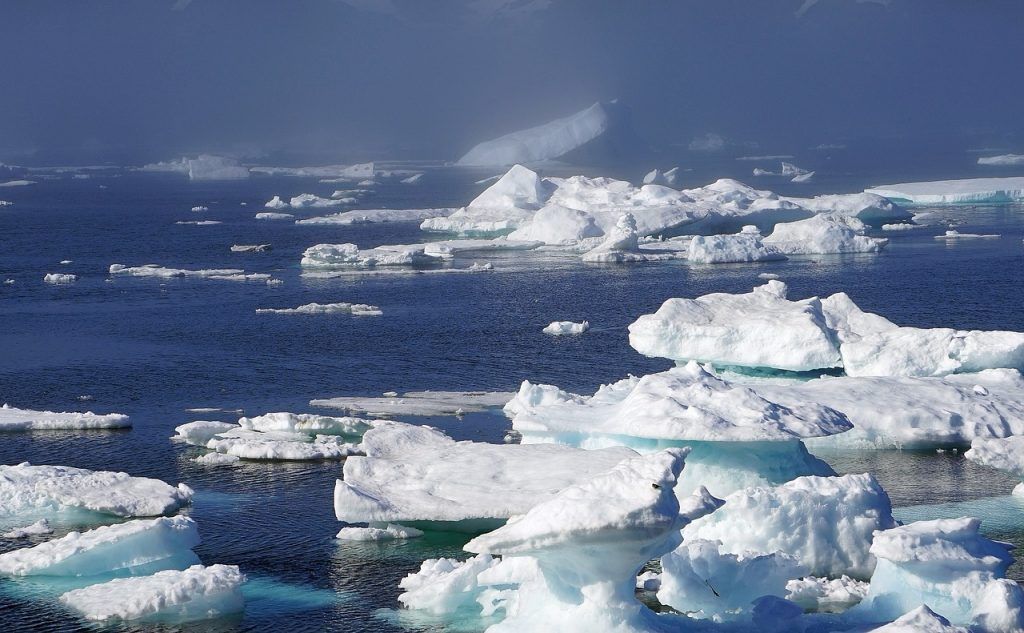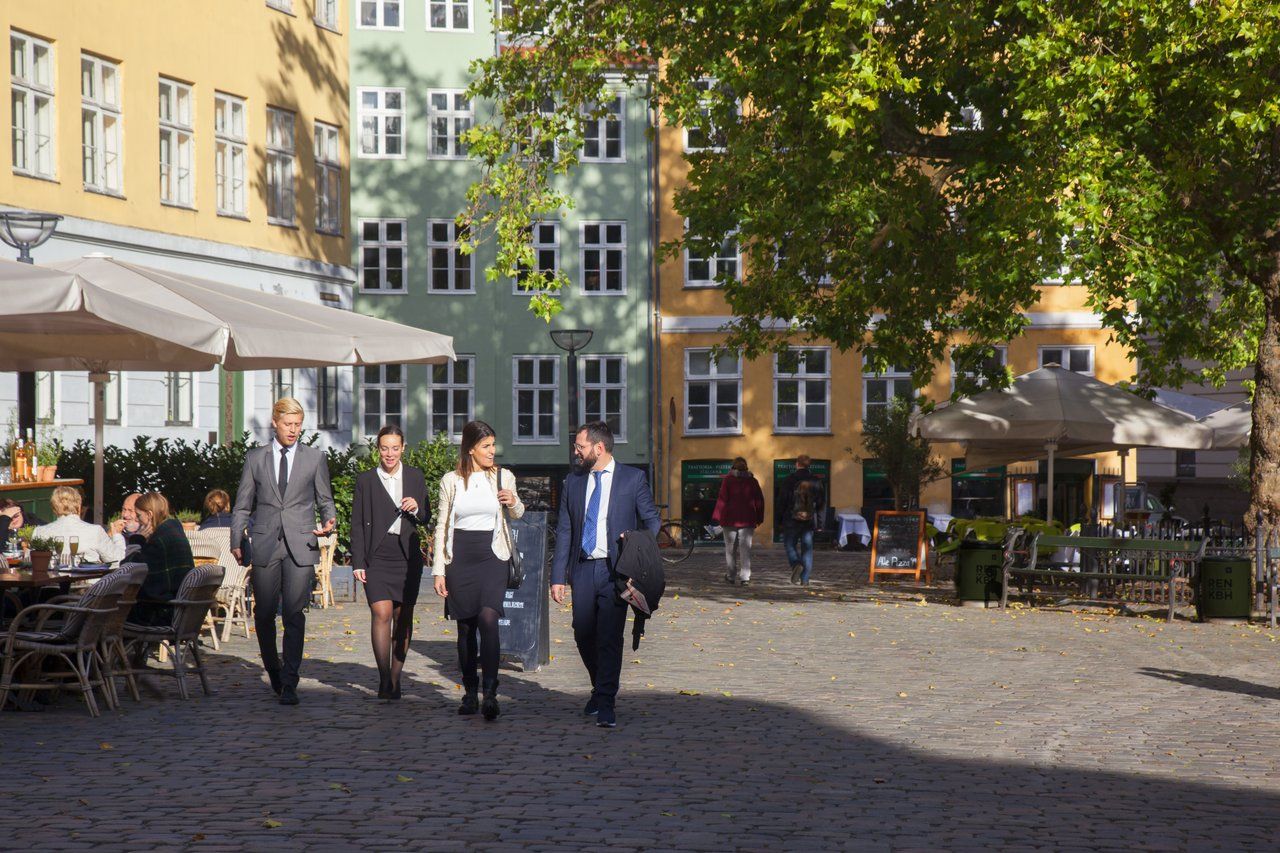A quick walk around the Copenhagen Lakes reveals that the water levels are low, with unfamiliar areas of muddy land now protruding from the edges where copious numbers of birds are congregating.
But maybe somebody should try telling the Baltic Sea that while Denmark has a water shortage, it’s of the freshwater variety, and that we don’t need any donations – particularly not in October!
It’s far too early in the autumn for this kind of behaviour.
Mostly south of Copenhagen
This past week has seen the highest October water levels in the Baltic Sea since 1991, with Germany going several cm better with their biggest surge since 1956.
High water levels like the table-topping 126 cm above normal seen in Gedser, an all-time October record for the Falster town, are not normally seen until the winter months, commented experts.
A prolonged gale on Wednesday was responsible, with the southerly islands of Lolland, Falster, Møn and Langeland the most affected.
Echoes of WWII
Most of Denmark is well protected from flooding thanks to the dikes installed after the Great Storm on 1872.
The only flooding in Denmark on Wednesday occurred on Bornholm, where waves crashed onto the promenades of Allinge and Gudhjem.
In the former, the waves threw relatively large stones into a carpark. The last time it sustained a bombardment like this was in 1945.














